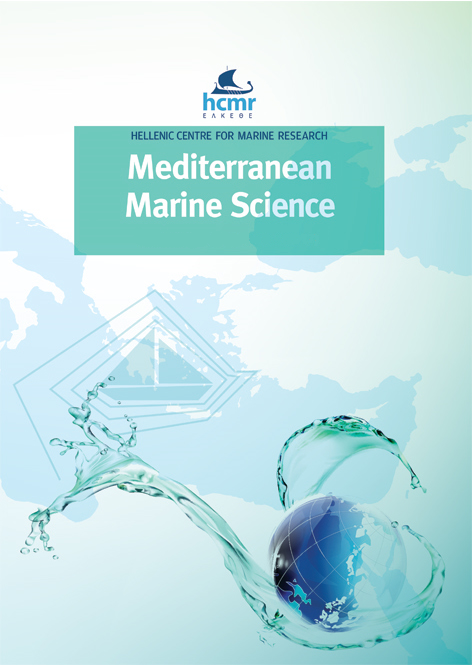Τhe fish fauna in lentic ecosystems of Greece
Resumen
This study provides an annotated checklist of the freshwater fish species recorded in lentic ecosystems of Greece. Species distributional data were derived from an extensive review of published and unpublished sources and were evaluated for their consistency, adequacy and reliability. Overall, 650 freshwater lentic ecosystems (149 natural and 501 artificial) were investigated from which, 480 were fishless or fish data were unavailable. In the remaining 170 ecosystems, 122 taxa were recorded (belonging to 22 families and 57 genera). Some of the records concerned species with extirpated populations, species of doubtful occurrences and taxa of uncertain taxonomic status. The highest species richness (52 species) was recorded in the Ionian ecoregion while endemicity was highest in the Macedonia-Thessaly ecoregion (43.75%). The Eastern Aegean ecoregion presented the highest level of introduced species (75%). Only eight ecosystems hosted 20 or more species, while 92 ecosystems had over 50% of introduced species. The most widespread native species (Anguilla anguilla and Luciobarbus albanicus) were two highly migratory species, highlighting the importance of connectivity of aquatic ecosystems. The most widespread translocated species was Cyprinus carpio due its high commercial and recreational value, whereas Gambusia holbrooki confirmed its high dispersal ability being the most widespread alien species. More than one third of the species recorded (37.23 %) are threatened based on the IUCN Red List. The ultimate contribution of this study is to support the coordination and dissemination of baseline information on the freshwater fishes of Greek lentic ecosystems, required by a range of users. This knowledge will enable further understanding of the regional assemblage structure and other biogeographical patterns of the ichthyofauna of Greece and will contribute to species conservation by prioritising areas hosting species in need of protection. Finally, this study reveals the high knowledge gap regarding species composition in many Greek lentic ecosystems and highlights the need for relevant primary research including more systematic and standardised samplings.
Article Details
- Cómo citar
-
VARDAKAS, L., KOUTSIKOS, N., PERDIKARIS, C., PETRIKI, O., BOBORI, D., ZOGARIS, S., GIAKOUMI, S., FITOKA, E., TOMPOULIDOU, M., TSIAOUSSI, V., KOMMATAS, D., KONSTANTINIDIS, E., & ECONOMOU, A. N. (2021). Τhe fish fauna in lentic ecosystems of Greece. Mediterranean Marine Science, 23(1), 223–265. https://doi.org/10.12681/mms.28526
- Número
- Vol. 23 Núm. 1 (2022)
- Sección
- Review Article
Authors who publish with this journal agree to the following terms:
- Authors retain copyright and grant the journal right of first publication with the work simultaneously licensed under a Creative Commons Attribution Non-Commercial License that allows others to share the work with an acknowledgement of the work's authorship and initial publication in this journal.
- Authors are able to enter into separate, additional contractual arrangements for the non-exclusive distribution of the journal's published version of the work (e.g. post it to an institutional repository or publish it in a book), with an acknowledgement of its initial publication in this journal.
- Authors are permitted and encouraged to post their work online (preferably in institutional repositories or on their website) prior to and during the submission process, as it can lead to productive exchanges, as well as earlier and greater citation of published work (See The Effect of Open Access).










